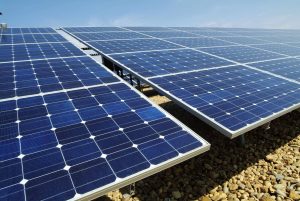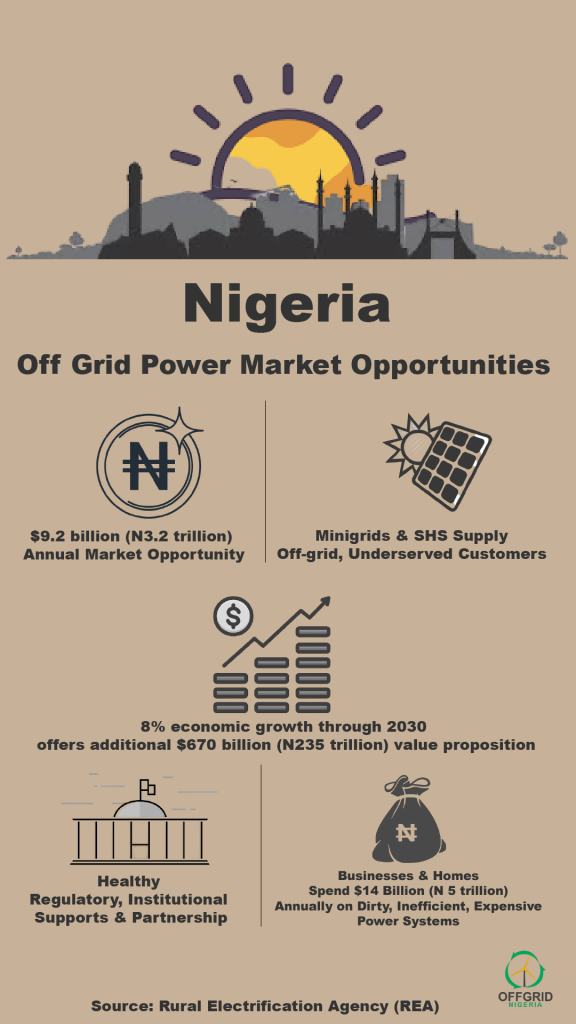*S’Africa, Algeria, not Nigeria, leading in Africa’s RE job creation
An annual review of jobs created in the global renewable energy industry has shown that in 2016, the industry employed 9.8 million people around the world, indicating a 1.1% increase over the figures of 2015.
In its fourth edition, the report on status of renewable energy employment, both by technology and in selected countries over the past year, was released by the International Renewable Energy Agency (IRENA). It showed that solar was leading the pack, while the number of job losses in the fossil fuel sector increased within the same period.
IRENA conducted the survey with the Clean Energy Business Council (CEBC) and Bloomberg New Energy Finance (BNEF).
It explained that jobs in renewables excluding large hydropower increased by 2.8%, to reach 8.3 million in 2016. China, Brazil, the United States, India, Japan and Germany, it added, accounted for most of the renewable energy jobs, showing that the sector’s shift to Asia continued with 62% of the global total of jobs in it located in the continent.
Obtained by OGN, the report also stated that while jobs data on Africa has remained scarce, its estimated 62,000 jobs created within the period, almost half of it came from South Africa and one-fourth from North Africa, but not Nigeria.
It explained that several African countries are making important strides in utility-scale renewables while important developments are taking place in the off-grid sector of the continent.
According to it, full time job opportunities in South Africa within the period was estimated at 26,246; followed by Algeria which installed 14 grid-connected solar PV projects with combined capacity of 286 megawatts in 2015, thus creating around 3,500 ad hoc and 700 permanent jobs. Egypt; Kenya; and Rwanda were also reported as the continent’s top RE jobs creators.
The IRENA report said solar PV power was the largest employer, with 3.1 million jobs, up 12% from 2015. It added that the growth came mainly from China, the United States and India, whereas jobs decreased for the first time in Japan, and continued to decline in the European Union.
“New wind power installations in the United States, Germany, India and Brazil, meanwhile, contributed to the increase in global wind employment by 7%, to reach 1.2 million jobs.
“Liquid biofuels (1.7 million jobs), solid biomass (0.7 million) and biogas (0.3 million) were also major employers, with jobs concentrated in feedstock supply. Brazil, China, the United States and India were key bioenergy job markets,” it stated.
However, jobs in solar heating and cooling, the report said, declined by 12% to 0.8 million amid an installation slowdown in major markets such as China, Brazil and the European Union.
“Large hydropower employed 1.5 million people (direct jobs), with around 60% of those in operation and maintenance. Key job markets were China, India, Brazil, the Russian Federation and Vietnam,” it added.
In addition to the annual update on jobs in the sector, the report includes findings from a workplace survey in the Middle East and North Africa on barriers to women in clean energy labour markets.
It said although gender discrimination seems less pronounced in renewable energy employment than in the energy sector at large, there were challenges for women with regards to employment and promotion.





